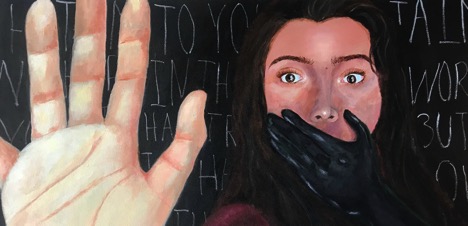
Creating and viewing art has been a form of therapy throughout history. Before I came to LifeWay Network, I worked at a family shelter where I consistently found art to be the favorite subject among the children surveyed in the afterschool program. Initially, I thought that the finding was interesting, as the same youth were engaged in a number of fun activities including smoothie-making during science to learn about nutrition, and building robots during their designated technology time. Yet art always remained the favorite subject. On second thought, I suppose the finding isn’t that surprising because, who doesn’t love art? It is a meditative activity, and also a different way to learn about the experiences of others.
Additionally, there is ample evidence that “engagement with artistic activities, either as an observer of the creative efforts of others or as an initiator of one’s own creative efforts, can enhance one’s moods, emotions, and other psychological states as well as have a salient impact on important physiological parameters.” (1) For this reason, art is an important healing and meditative activity for staff and survivors in our safe houses. LifeWay partners with organizations such as CrossingPoints Arts to bring the arts to our residents.
Artwork from LifeWay survivors
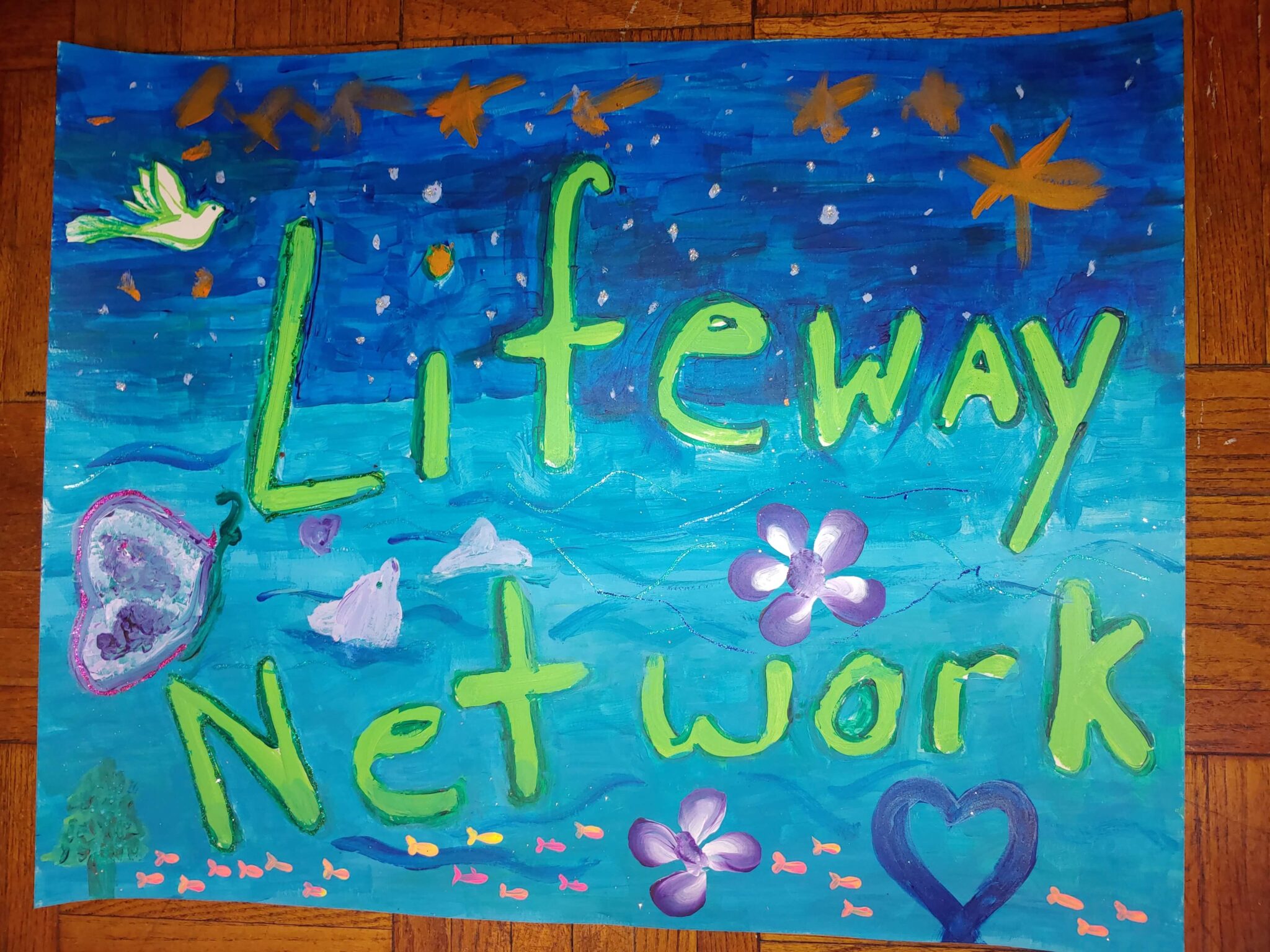

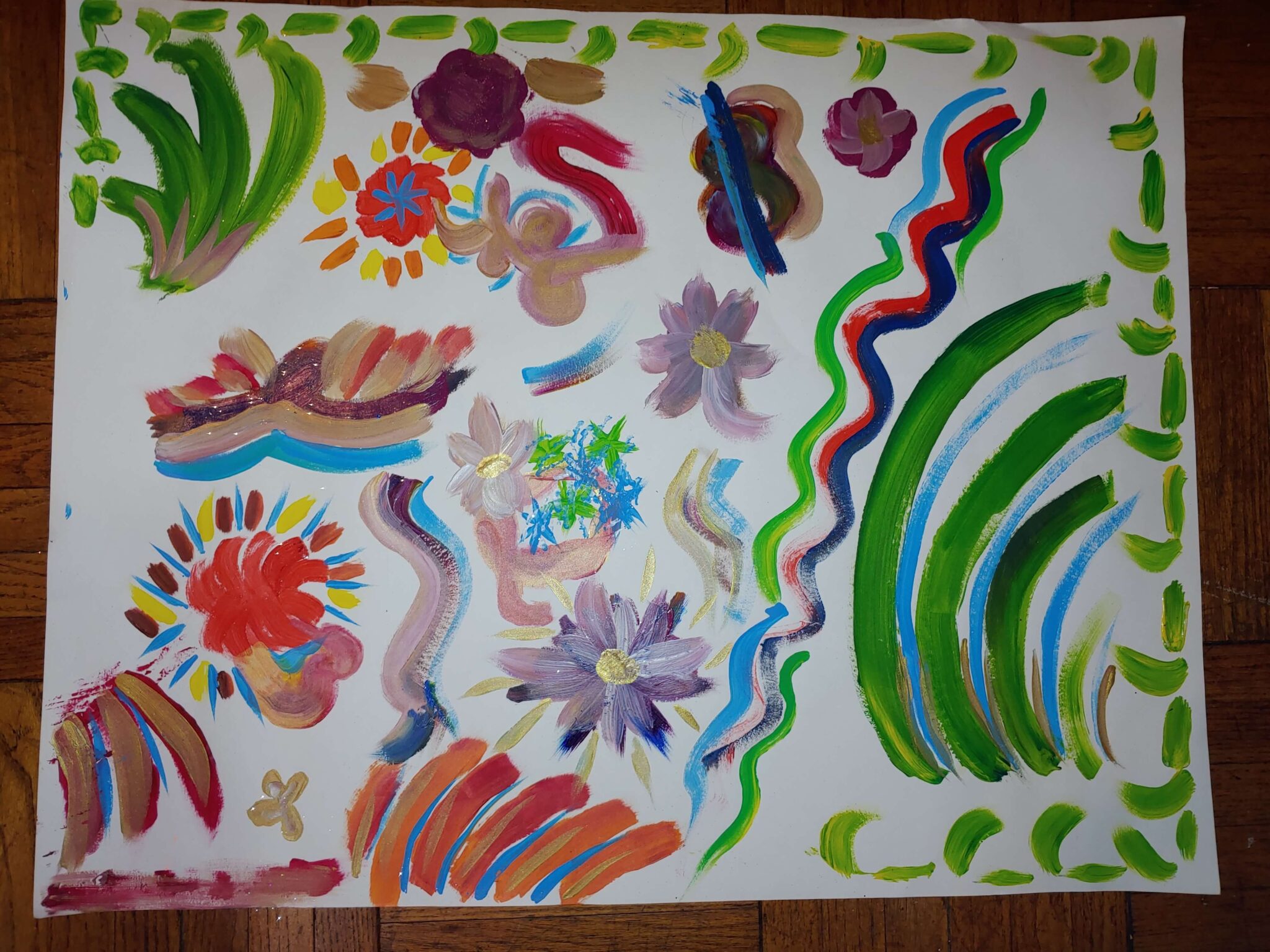
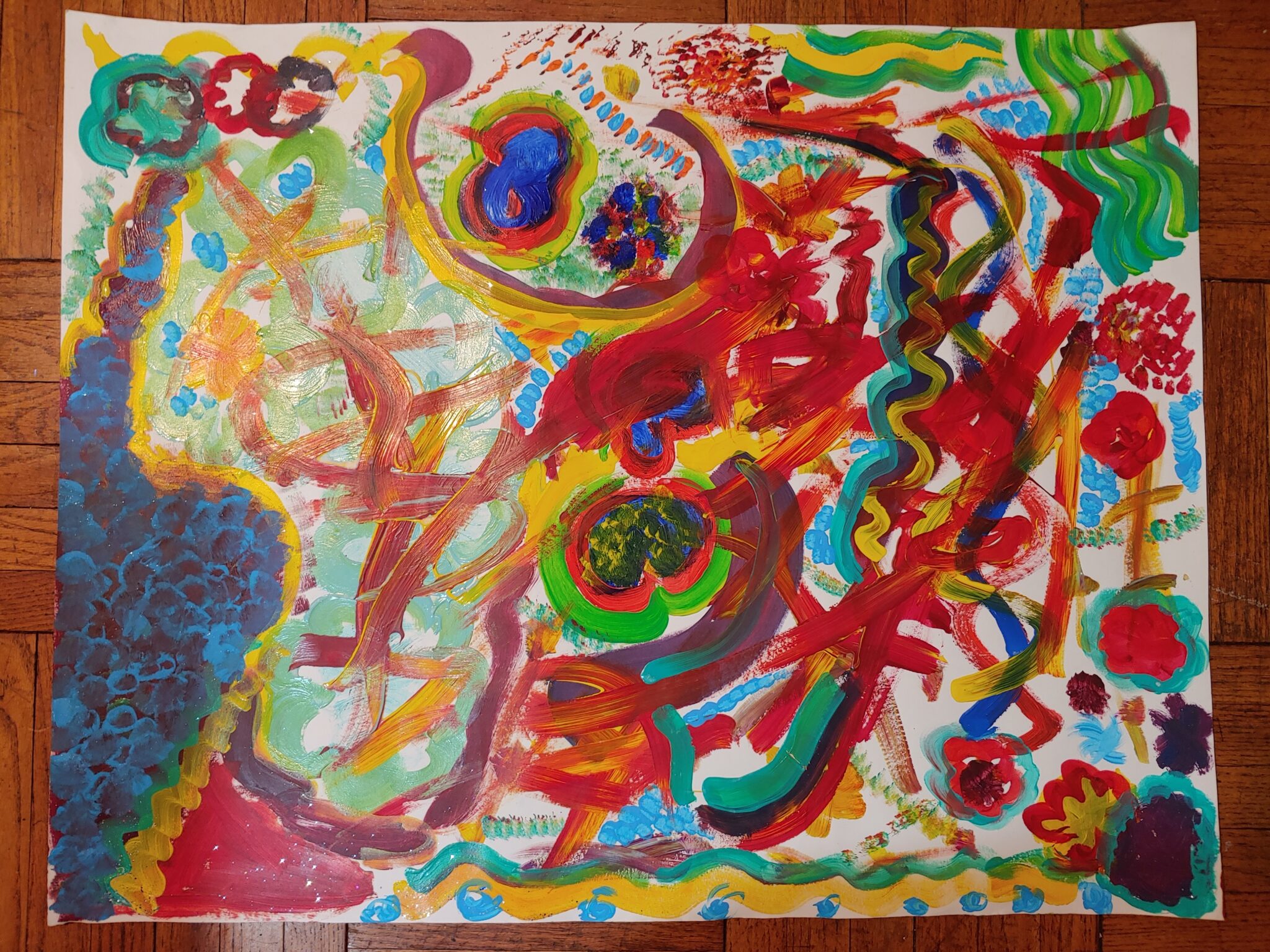
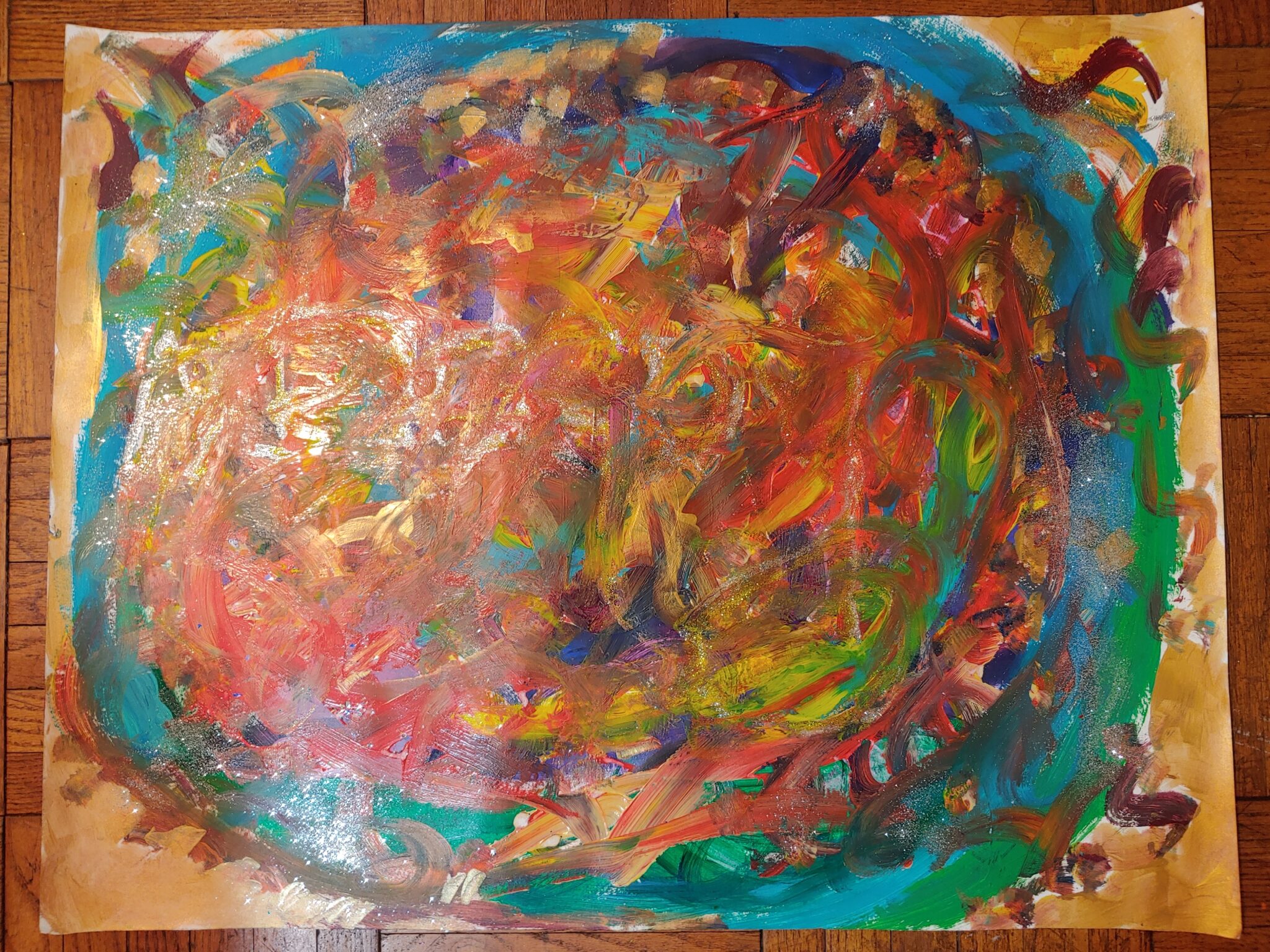

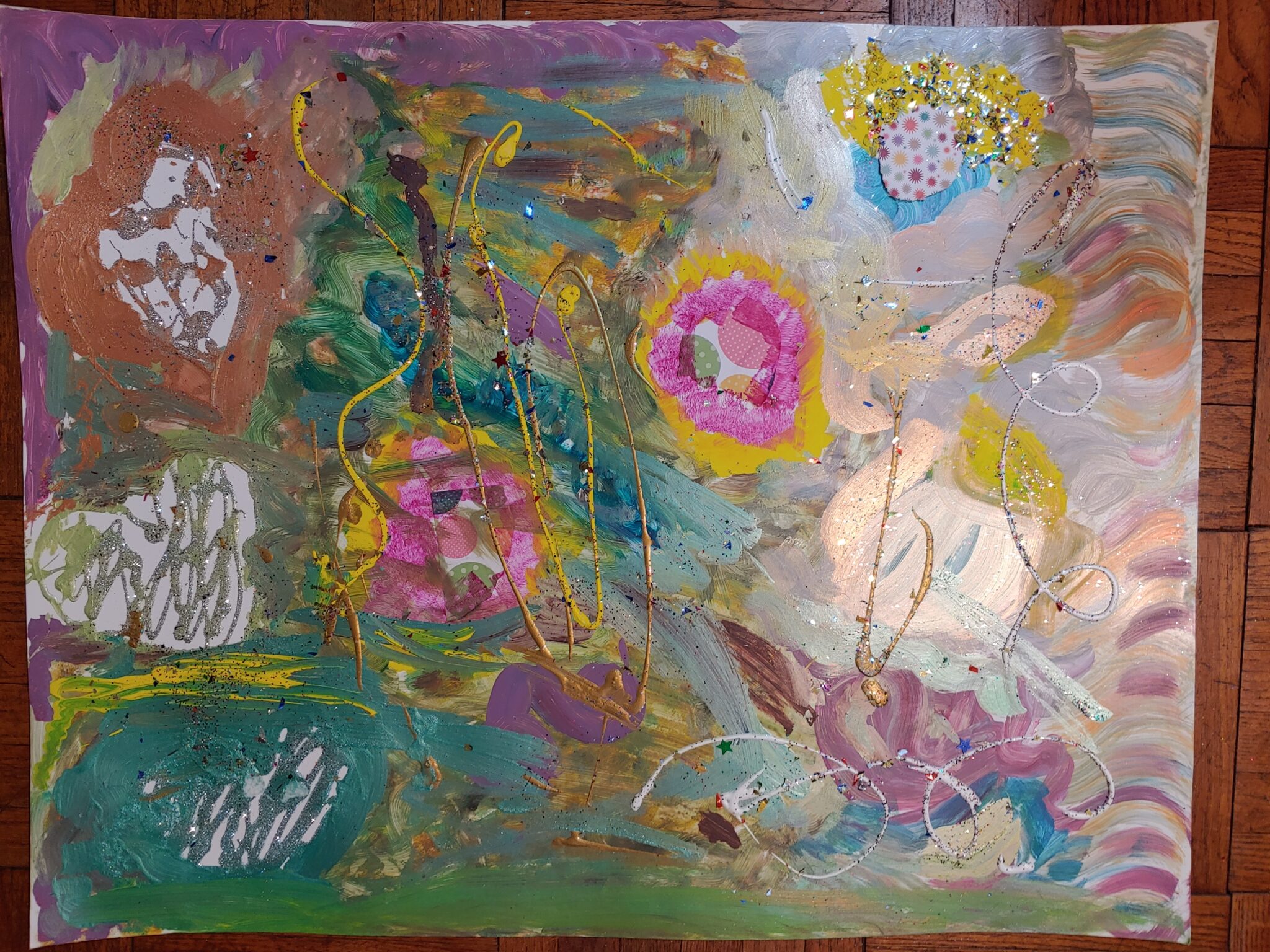

Other anti-trafficking organizations, such as Polaris Project, have also embraced art in their practice, featuring survivor art on their social media pages: https://polarisproject.org/survivor-gallery/. Each of us can benefit by taking at least 20 minutes to draw, color, paint, listen to music, or write. Not feeling creative? Walk in the shoes of others, and view or read their work! In late June, for World Day on Sexual Violence in Conflict, the United Nations set up a youth exhibit called “Horror and Hope.” Created by young, emerging artists from diverse backgrounds in New York City and Iraq, the collection is a powerful exploration of the pain and trauma of sexual violence during conflict. You can view it here.
Although most museums and galleries remain closed to visitors, many have established virtual walk-throughs, enabling visitors to explore and find solace in art during this time of isolation: https://www.travelandleisure.com/attractions/museums-galleries/museums-with-virtual-tours.
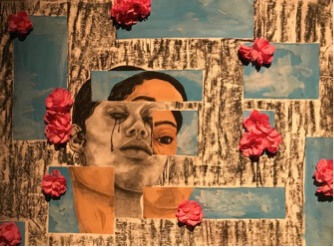
Art heals, take action:
- Support our Safe Housing Program by purchasing much-needed items directly from our Amazon wishlist.: https://www.amazon.com/gp/registry/wishlist/7ISHRGXXO94O?ref_=bnav_topnav_lists_1&pldnSite=1
- Check out the United Nations, “Horror and Hope” virtual exhibition: https://www.un.org/en/exhibits/page/sexual-violence-conflict
- Take time for yourself to create art!
Post by Tori Curbelo, Manager of Education, Training & Advocate
Top & bottom photo credit: Horror & Hope exhibit
(1) Staricoff R, Loppert S. Integrating the arts into health care: Can we affect clinical outcomes?: Kirklin D, Richardson R. The Healing Environment Without and Within London, England: Royal College of Physicians; 2003:63–8
